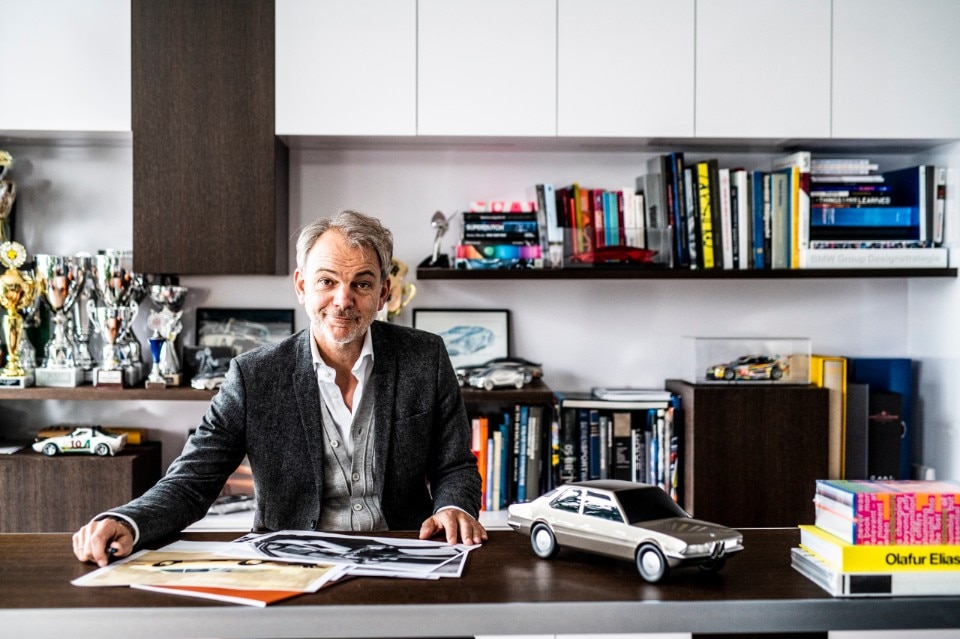As the Senior Vice President BMW Group Design since 2009, Adrian Van Hooydonk has led his design teams through countless projects. He's also been challenged with the difficult task of moving the BMW brand, with its i spinoff, into a future that looks decidedly electric. Recently, he has overseen the design of both the new BMW 4 Series and the BMW i4, the all-electric sporty sedan that represents a turning point for the electrification of the BMW offering. With the 4 Series and the i4, the design elements of the i family of electric vehicles start to filter "into the core of the BMW design" to "influence the BMW brand as a whole" for the first time.
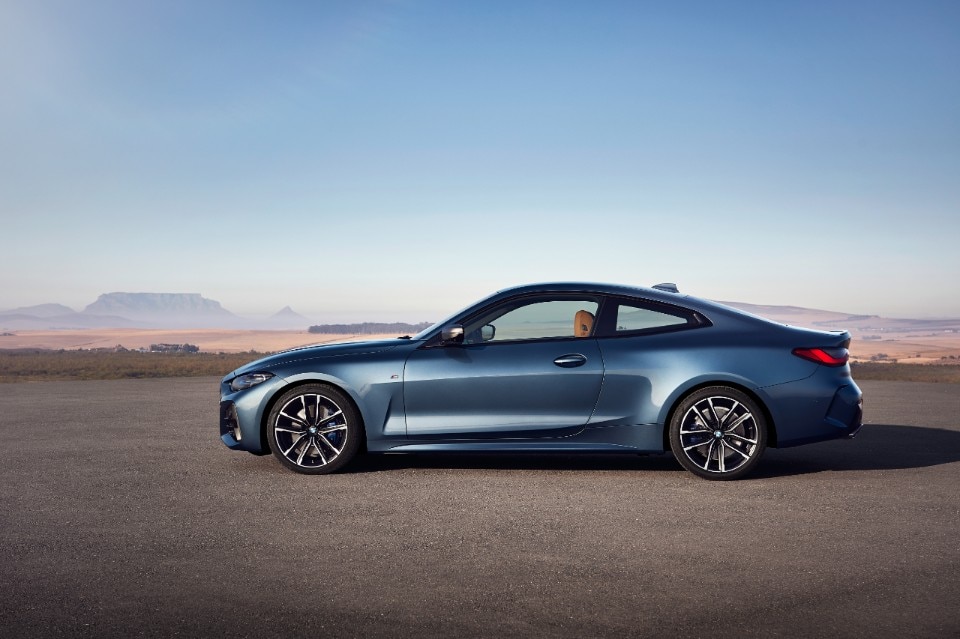
You recently introduced the commercial version of the BMW 4 Series, which shares meaningful design elements with the upcoming BMW i4. Which project influenced the other more, or was it an equal cross-pollination of design ideas?
When we started with BMW i, over 10 years ago, the mission was to come up with new forms of mobility that are sustainable and zero-emission. In design, it also meant that we should find a new form language, one that would communicate that we're doing things in a very different manner. With i3 and i8 we really did come up with a new form language that was cleaner, less complex, if you will, and very precise. Now that form language has begun to influence the design of the BMW brand as a whole. This all happened before the design phase of the 4 Series. If you look at a 4 Series now, you'll see the design is much cleaner than the previous one. And you can probably also say that the differences between the i product and the BMW product are less visible. Both of these things, I would say, are deliberate because we know that electrification is moving fast, and it's entering the core of the BMW brand with the i4. We believe the design language that we created for BMW i should begin to filter into the core design language, meaning we don't have a big visual difference between the electric and non-electric products.
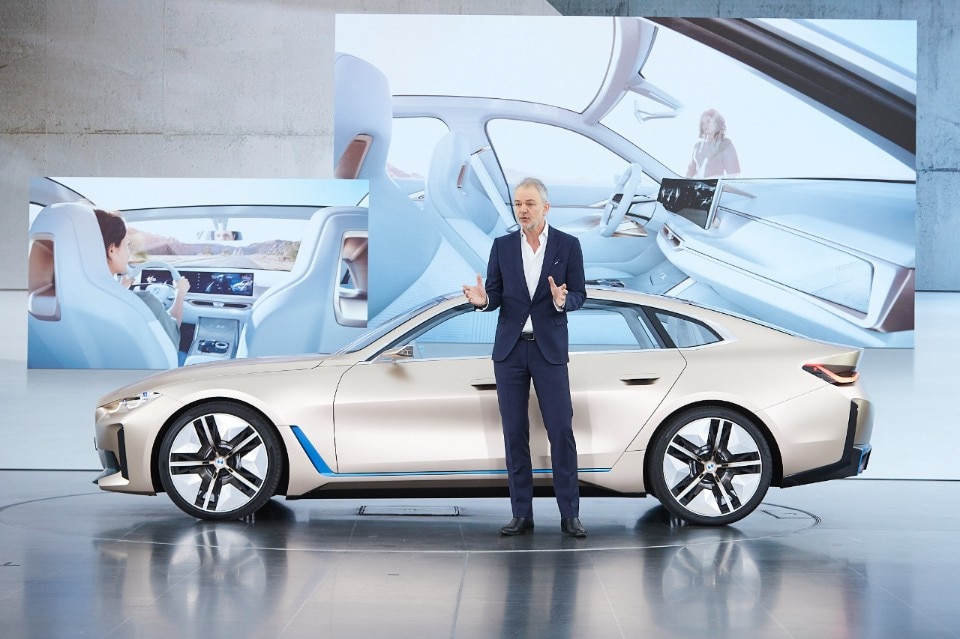
It feels like we're living through a transition period, with gas cars on the phase-out in the mid to long-term, and general-purpose electric playing a growing role. What kind of challenges are car designers facing because of that?
From the engineering side, of course, any new technology brings along some unknown territory and things that you need to try out and test. From a design point of view, we always look at the technological layout, what we call the hard points of the technology. Typically, for an electric vehicle, you end up with the battery underneath the floor, and the car being slightly taller because of that. If you want to do a sporty and dynamic-looking vehicle, that is something that you need to consider. I think in the 4 Series and the i4, we managed to deal with that rather well. If you see the i4 on the road, you would not think that there's a big battery pack underneath. Beyond this kind of challenge, we see nothing but chances. As designers, a time of big technological change is a good time because it's a time for bigger design steps.
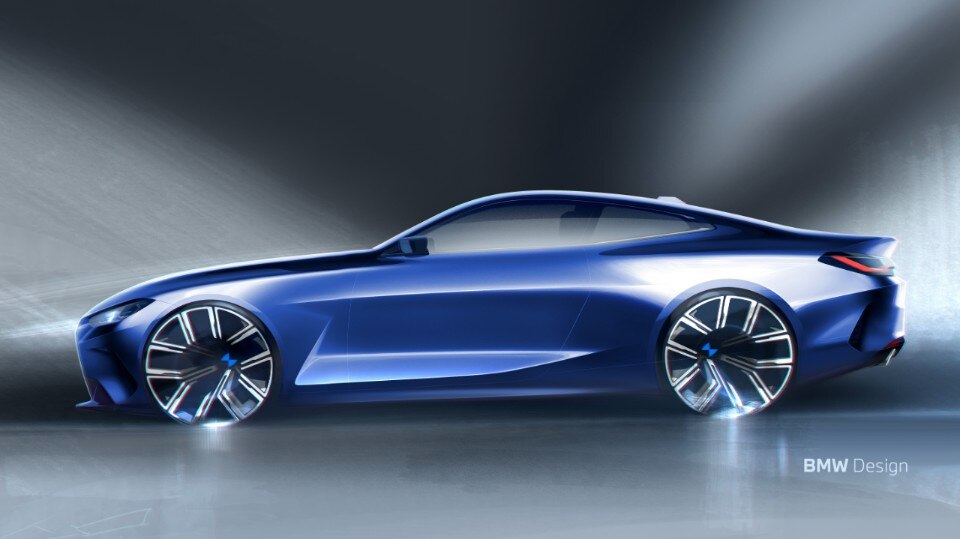
What's an example of that?
When you're going more and more into the electric territory, you're going to lose some conventional design elements conveying the concept of power. Maybe you could even call them status symbols, like the number of exhausts nowadays, which sort of tells you something about how powerful the engine is. That is, of course, a learned aesthetic, so we started looking for something attractive that could replace it. On the i4 we came up with a new solution for the lower part of the rear bumper, where you begin to see aerodynamic features; that's what we call a diffuser. It's actually a functional part of the car. It helps reduce the drag of the vehicle, and it helps increase the battery range. And we felt that this is something cool enough to develop into a new icon or detail.
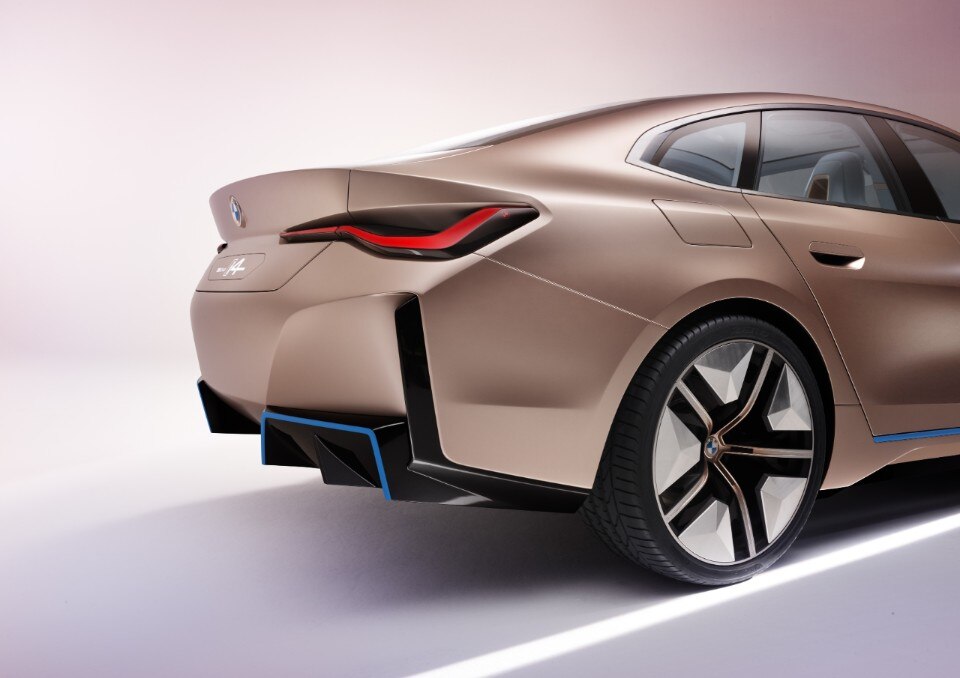
Despite electric becoming mainstream, the general shape of a car is still the same one we've all come to know through our lives. The first i models' designs were trying to be more futuristic, while now it seems you're going for a more recognizable shape and form language. What has changed?
That's one of my favorite questions! Our philosophy evolved this way: in the early adoption phase, we decided to make a very new and very different design statement because we felt that everything that we were doing back then with i3 and i8 was revolutionary. We thought we needed, so to speak, a new vocabulary. So we went with a carbon fiber body and a different way of producing cars. Other manufacturers started doing the opposite, converting existing car designs and making it electric. If you look back, that was less successful.
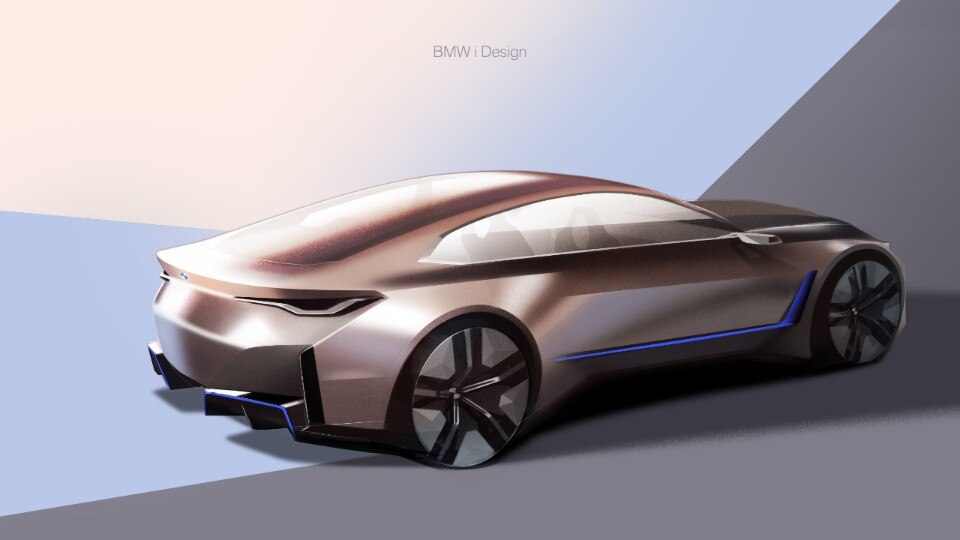
What we feel now is that when customers buy an electric car, they don't just buy the electric drivetrain. They want to portray a different lifestyle. They want to show that they are part of the future. So they expect not only a new and clean design, and they expect this newness to continue inside the car. They are completely convinced that the world is changing, and they want to be part of this new world inside out. Yet, it's important to notice that these customers don't want to make a statement or convert their fellow citizens and convince them they are doing the wrong thing––they're not missionaries.
We're not living in the age of jet planes, the era of big technological changes in the 50s and 60s that everybody could see. But what you still see is buildings and cars and motorcycles. So if they are changing, then you can begin to see how the future is changing.
The "newness" of interiors is also related to how we expect to experience the car today. How did you tackle this all-new digital aspect of car design?
Yes, we're really seeing a User Interface revolution right now in our industry. Customers expect mobility to become simply more intelligent. That's why these vehicles need to be connected because then you have swarm intelligence versus the intelligence of just one car.
We're used to this already because everybody has this personal electronic device in their pocket. With that, you are in contact with basically every other computer in the world. You have that intelligence in your hand. Therefore you expect that also to be true for your vehicle. Many people have said it before, but it's true: I think that the car needs to become a part of the Internet of Things. People want their digital life to continue in the vehicle. If the vehicle can't deliver that, it will lose its relevance for future customers.
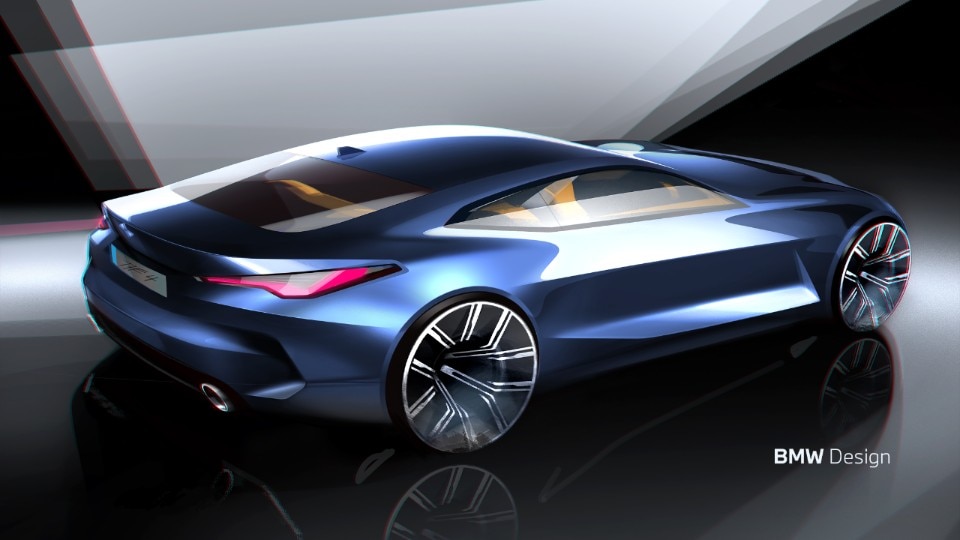
Technology could also add unwanted complexity, though. How do you deal with that as a designer?
Yes, by becoming technologically more competent, the car is also a more complex product. But that's not what the customer wants to see. The customer wants to see a car that is easier to interact with. Much like the cell phones: they have no more buttons of switches, and yet they can do everything, turn into everything.
So that's what customers expect, also from their mobility in the future. It's not just one revolution, it's not just about co2 reduction or drivetrain change. It's definitely also about intelligence. And that too, is going to be a very interesting race between the car manufacturers: who is going to solve that in the best possible way? And who's going to offer the best combination of these two revolutions? It's something that we discuss quite frequently inside our design team.
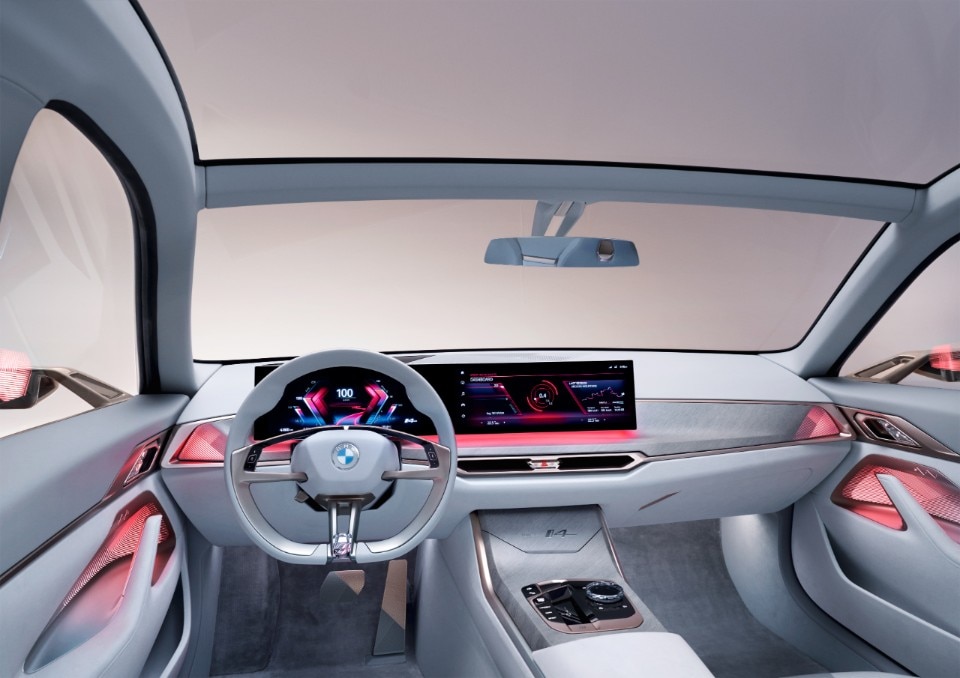
Designing an electric car for the future also seems to be about convincing people that the change they see and are about to live through is good for them. What's the designer take about such a difficult task?
Change is never really easy for people because, in some ways, it means giving up what you know. Everybody knows that life is a constant learning process, but as a matter of fact, we never really enjoyed our learning years. So if the mobility industry was telling you, “okay, forget all that you've known so far, you have to start over, and you also have to give up on a lot of things that you like, but this new thing will be cool one day, although it will be different”, of course, that would be hard to accept. First of all, we need to be aware that there is a certain built-in resistance to change because changing involves learning. People love if they have mastered something and can keep on going forward with what they know and are comfortable with. We need to do two things: one is to make sure that maybe people don't have to move that far out of their comfort zone. Then we need to actually prove that the new things that we have to offer can make life easier. And that they can be emotional, too, because people are very afraid that new technology will make life less emotional, therefore less interesting. And that's exactly where I think our design team has a task. We need to prove that perception wrong, we need to make sure that whatever we do is an emotional experience.
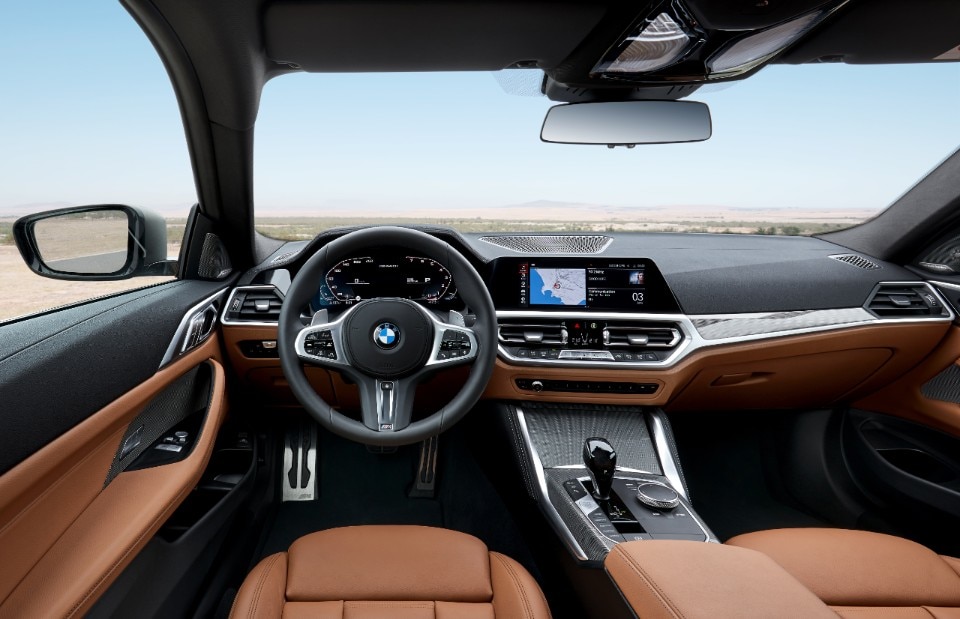
You've often remarked that car design extends to the surroundings, it does not stand on its own. A car is embedded in the environment. This seems to be even more the case with tech advancements. How do you tackle this aspect as the head of a large design team?
Yes, together with architects, car designers have a big influence and probably also responsibility for how our future will look like. Many technological changes today––you can't really see them, it's all happening in the field of microelectronics. We're not living in the age of jet planes, the era of big technological changes in the 50s and 60s that everybody could see. But what you still see is buildings and cars and motorcycles. So if they are changing, then you can begin to see how the future is changing.
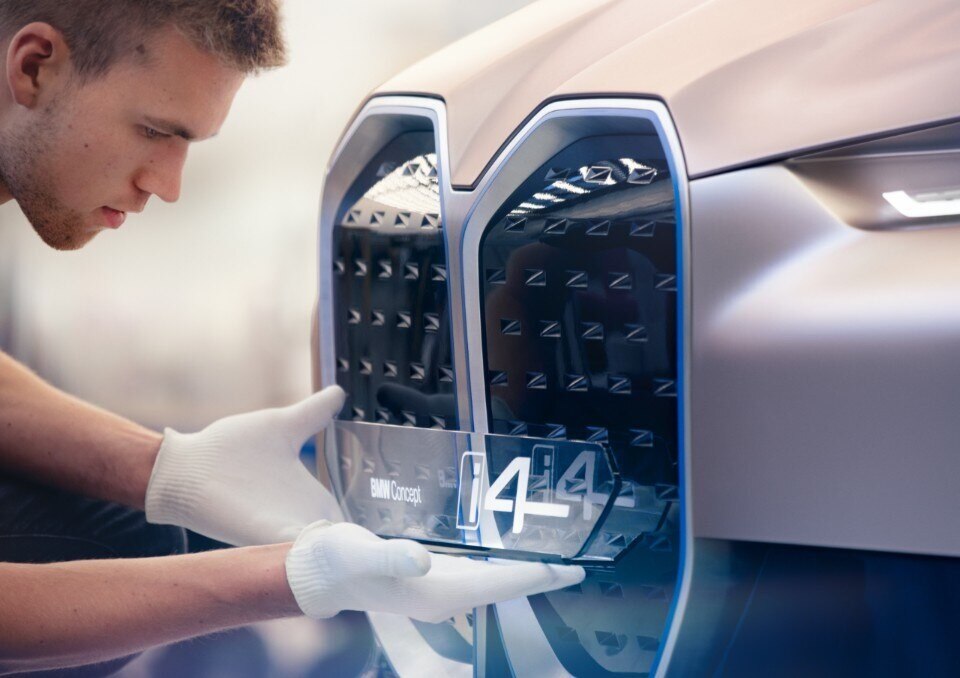
I'm also trying to be in constant exchange with architects and other designers throughout my time here at BMW. I have always kept in touch with other fields of creativity. I've also set up several projects with industrial designers and artists to basically pick their brains about how they see the future. That's been very, very interesting and helpful. Now, the future is really hard to predict, but it all begins with asking yourself, "how do you see today"? And my experience is that we designers do this a lot. We question the present and try to imagine the future. Architects do exactly the same. Artists do the same, and they are typically quite critical of what is going on in society today. And from that context, you begin to get also a better understanding of what will be possible. That's where change begins. I always say that if you can imagine something, you've made the first step and have a good chance of actually making it happen.
So, how does Adrian Van Hooydonk really see the future of cars?
In the 80s and 90s, everybody was talking about high tech. And if I mention that word, you certainly have a picture in your mind of what a car interior would look like back then, and what was seen as a good thing, a futuristic thing. Now we would like to arrive at a car interior that we call shy-tech. That means technology is there, but it is not in your face, it is only there when you need it. To achieve that, the car needs to be really intelligent, and it needs to also know in advance where you're going and where you're driving to, and what's happening around you. Maybe also some of your daily habits. The car needs to offer you the controls when you need them, and not bombard you with information or questions, or – even worse – advertisement. It should really become more like a personal companion. And that's something we're working on. I can't wait to help make that happen.


